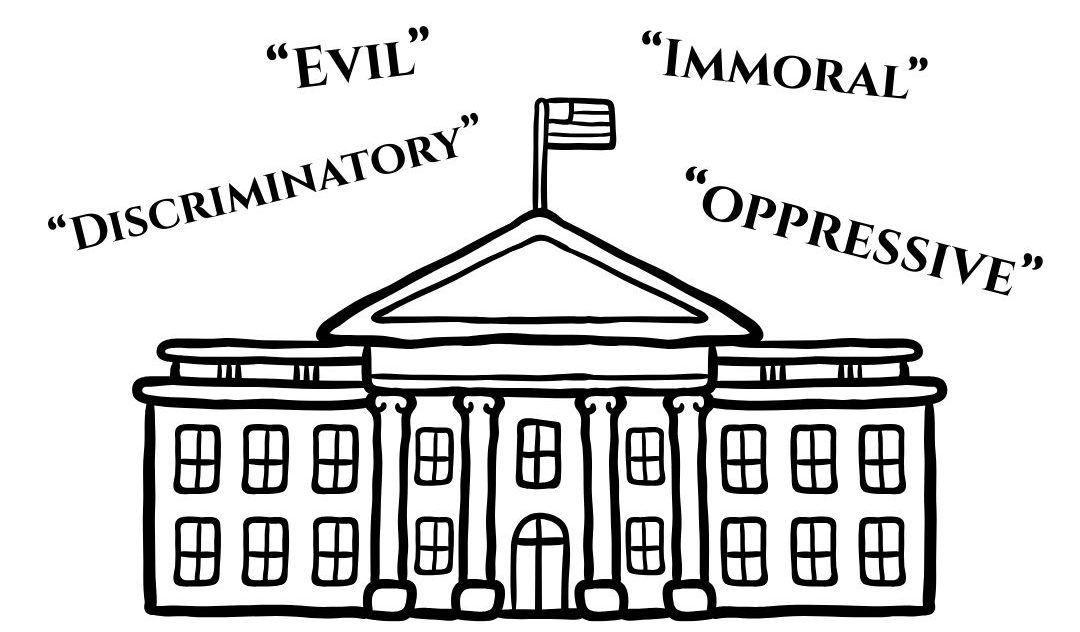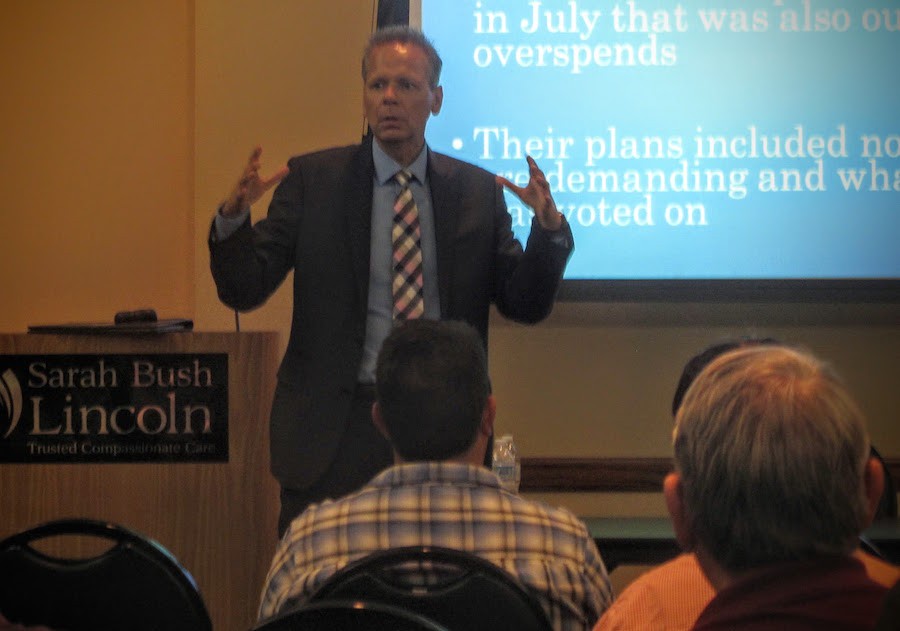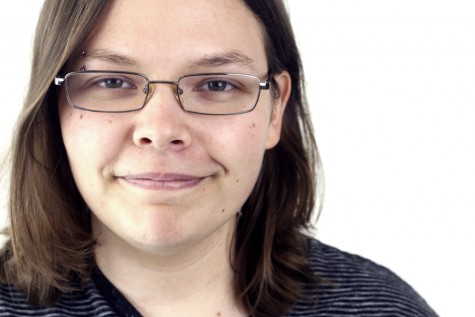Righter addresses state, university budget issues
Sen. Dale Righter gives a legislative update during a Mattoon town hall meeting Tuesday in the Lumpkin Education Center.
July 22, 2015
Being more than 20 days into the fiscal year with no budget resolution in sight will continue to create issues in Illinois, and universities like Eastern will have to adapt to compete in the economic climate, Sen. Dale Righter said Tuesday.
Righter, representing the 55th Senate district containing Eastern, said in a Mattoon town hall meeting that adopting a budget is among the state’s unfinished business items.
The legislative session began the second week of January and is ongoing despite being scheduled to adjourn on May 31, he said.
“My political crystal ball broke years ago, but if I tried to glue it back together I would tell you looking into it that I do not see this ending any time soon,” Righter said. “I would not be surprised if the leaves will change and maybe some will begin to fall off by the time we have a resolution to this.”
In a year when the budget is adopted on time, universities usually draw from state appropriations and tuition and fee money equally, Righter said.
Fiscal year 2016 began July 1, leaving universities to pay expenses out of their own pockets until the state comes through with appropriations.
“(Universities are) simply going to have to draw down on the tuition and income funds for the time being until appropriations start flowing from Springfield,” he said.
Righter said Eastern’s budgetary problems have compounded not only from declining state appropriations but also from the loss of revenue because of low enrollment.
He said having gone from about 12,000 students in the early 2000s to closer to 8,000 in present day is the primary drive of Eastern’s current financial issues.
“That’s a huge drop, and they did not make adjustments on the way down,” Righter said.
Righter said he support’s Eastern President David Glassman’s actions to reduce expenses through layoffs, and he hopes state funding for universities will begin to stabilize.
“I hope that happens in the next year or two, but that by itself wont bail out Eastern,” he said. “Like every other university, or even community college, it thrives on its ability to attract students.”
Though Gov. Bruce Rauner initially proposed a 31.5 percent cut to funding for four-year universities, he did not propose any cuts to community colleges, which Righter said was meant to send a message.
He said the community college system is able to assist local employers by quickly training the needed workforce, while the university system can take 20 years to get rid of an irrelevant major.
“The university system is going to have to look at what’s happening out in the private sector in the world with issues and start adapting its curricula and degree programs to fit that,” Righter said.
He also said he does not believe the final budget will look like the original one Rauner proposed.
“The governor’s introduced budget was as much as anything a message to the General Assembly that we have $32 billion to spend and that’s all we’re going to spend,” he said.
House Speaker Michael Madigan and Senate President John Cullerton proposed an alternate budget a few days prior to the scheduled adjournment date that would spend $36 billion.
Their proposed budget consisted of 21 separate bills, of which Rauner passed only two.
Rauner approved funding for elementary and secondary education so schools would be able to open on time, and he approved funding for road construction to be on time for construction season, Righter said.
The remaining 19 bills went back to the General Assembly, and the Democratic majority since passed a one-month budget to cover state expenses until August. However, Righter said the governor indicated the state would not approve a budget in a “piecemeal” fashion.
Righter said he believes Madigan will have to “cave” on his proposals to get a budget moving forward.
Meanwhile, Righter said the important thing for universities is to be flexible to meet the changing needs of students.
“Where higher education chooses to go is a lot more than just about money,” he said.
He also said concerned community members should talk to the president and the Board of Trustees about how to turn the university around.
“They need to decide what the pitch is going to be,” Righter said. “They have been saying, ‘I am EIU,’ but what is EIU?”
Stephanie Markham can be reached at 581-2812 or samarkham@eiu.edu.




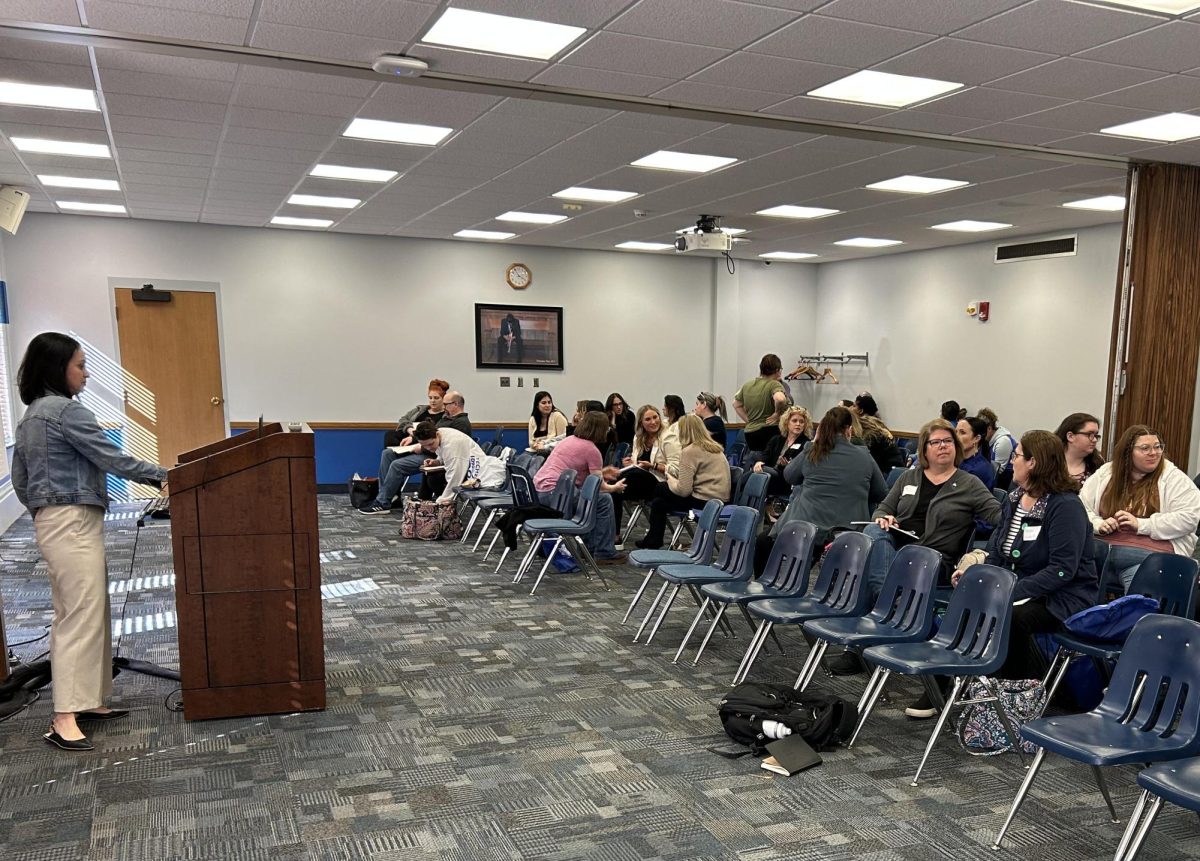

![[Thumbnail Edition] Eastern Illinois softball senior infielder Briana Gonzalez resetting in the batter's box after a pitch at Williams Field during Eastern’s first game against Southeast Missouri State as Eastern split the games as Eastern lost the first game 3-0 and won the second 8-5 on March 28.](https://www.dailyeasternnews.com/wp-content/uploads/2025/04/SBSEMO_11_O-1-e1743993806746-1200x692.jpg)





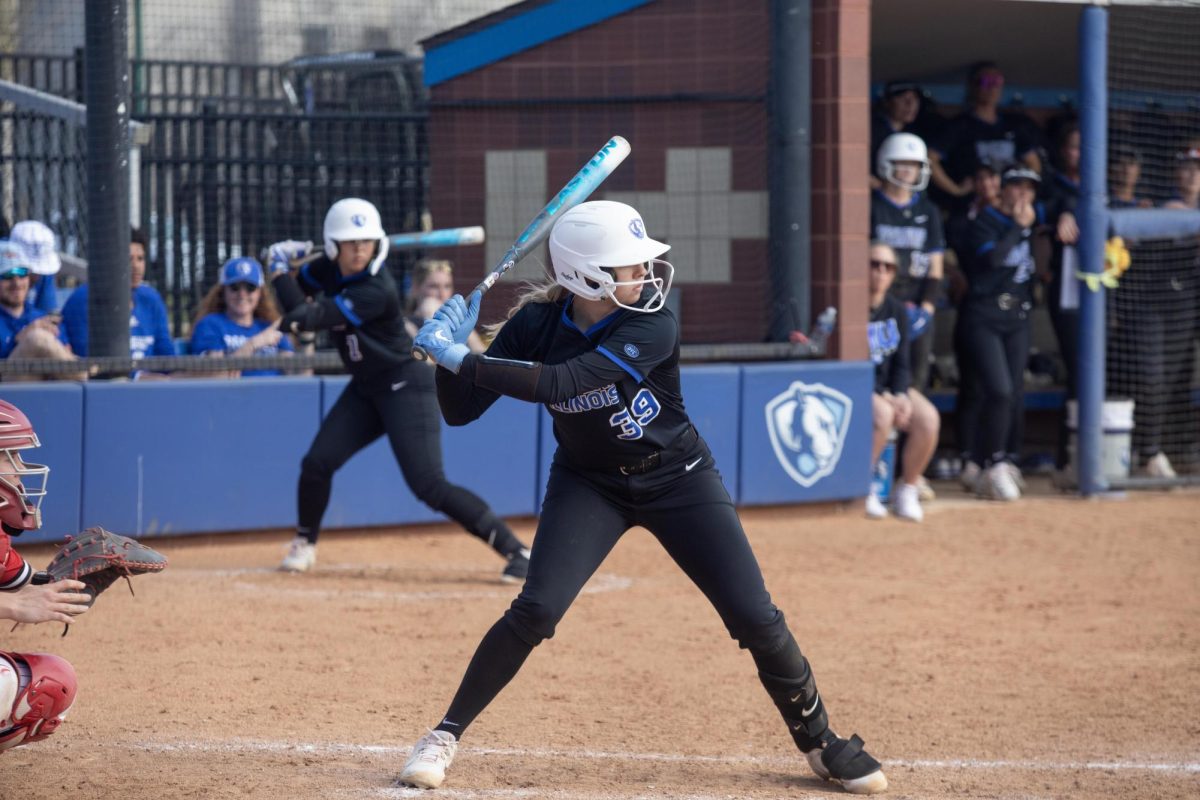
![[Thumbnail Edition] Junior right-handed Pitcher Lukas Touma catches at the game against Bradley University Tuesday](https://www.dailyeasternnews.com/wp-content/uploads/2025/03/MBSN_14_O-e1743293284377-1200x670.jpg)
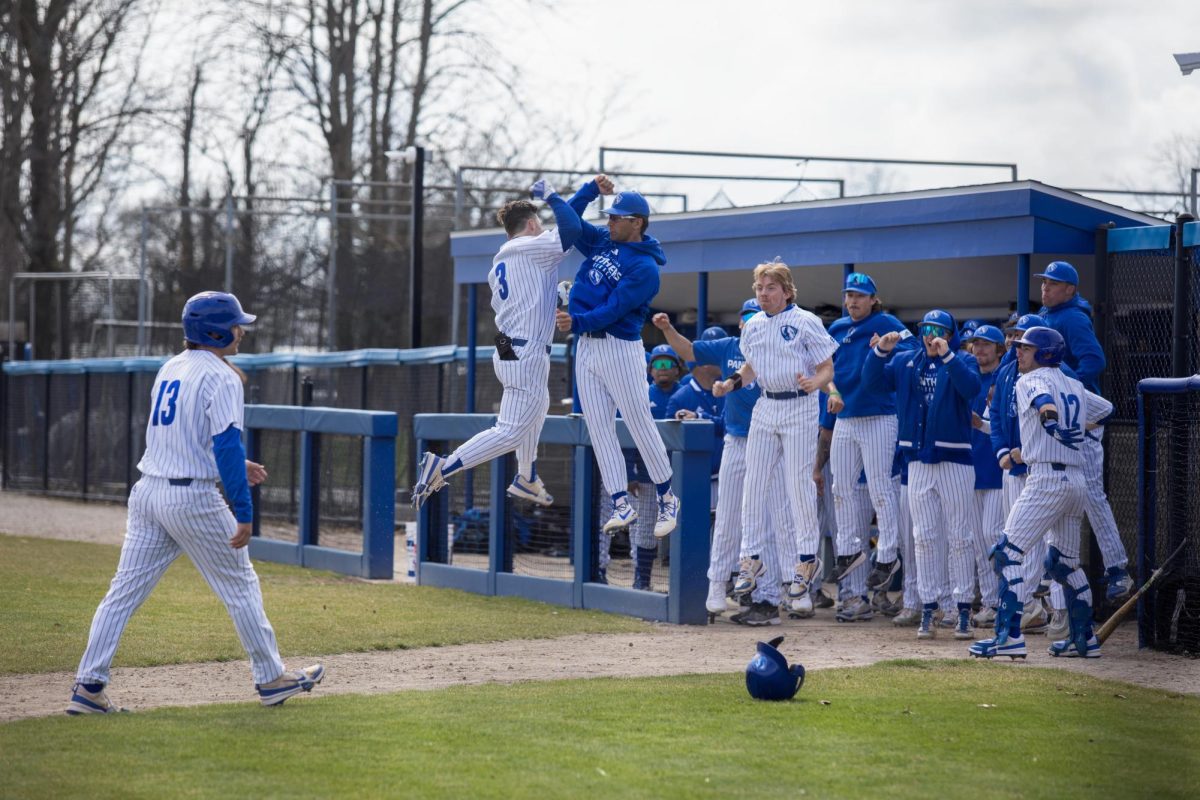
![[Thumbnail Edition] Senior Foward Macy McGlone, getsw the ball and gets the point during the first half of the game aginst Western Illinois University,, Eastern Illinois University Lost to Western Illinois University Thursday March 6 20205, 78-75 EIU lost making it the end of their season](https://www.dailyeasternnews.com/wp-content/uploads/2025/03/WBB_OVC_03_O-1-e1743361637111-1200x614.jpg)













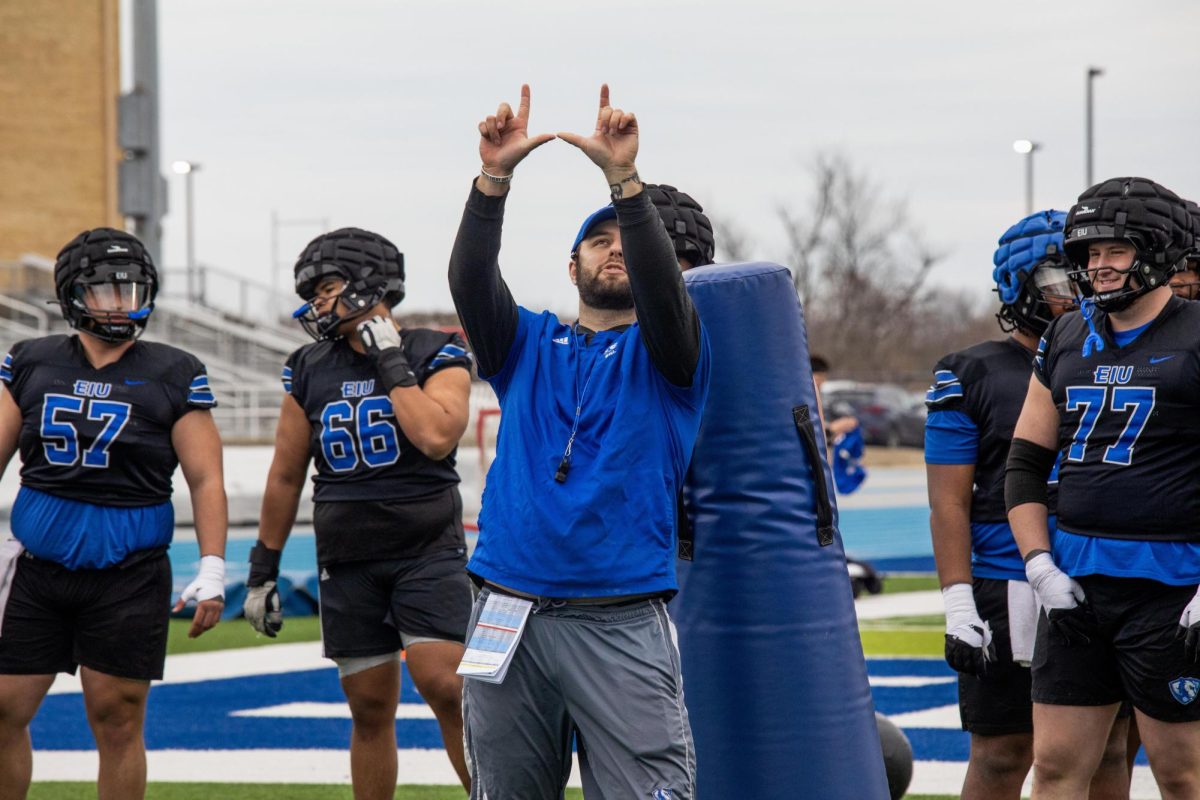








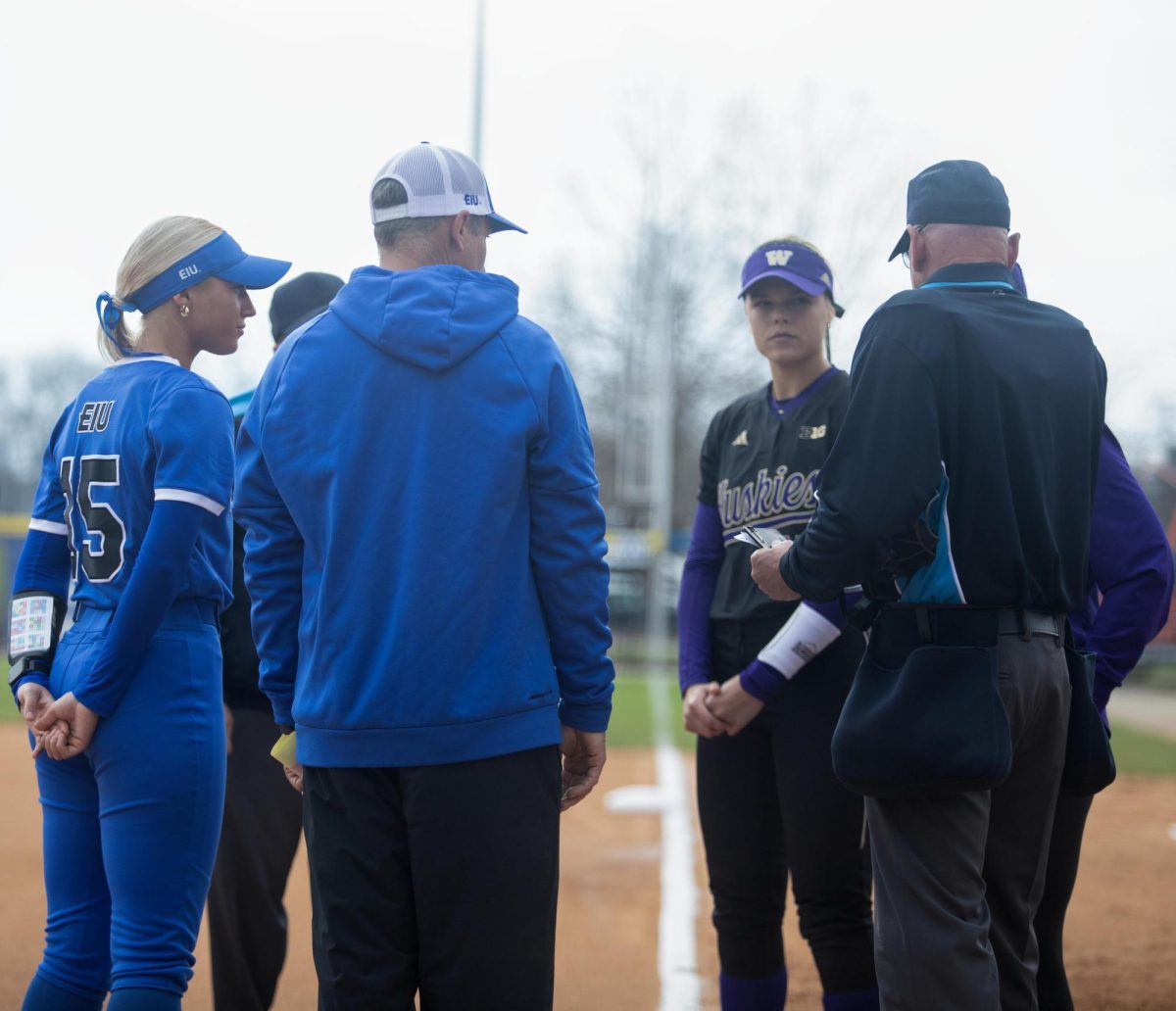
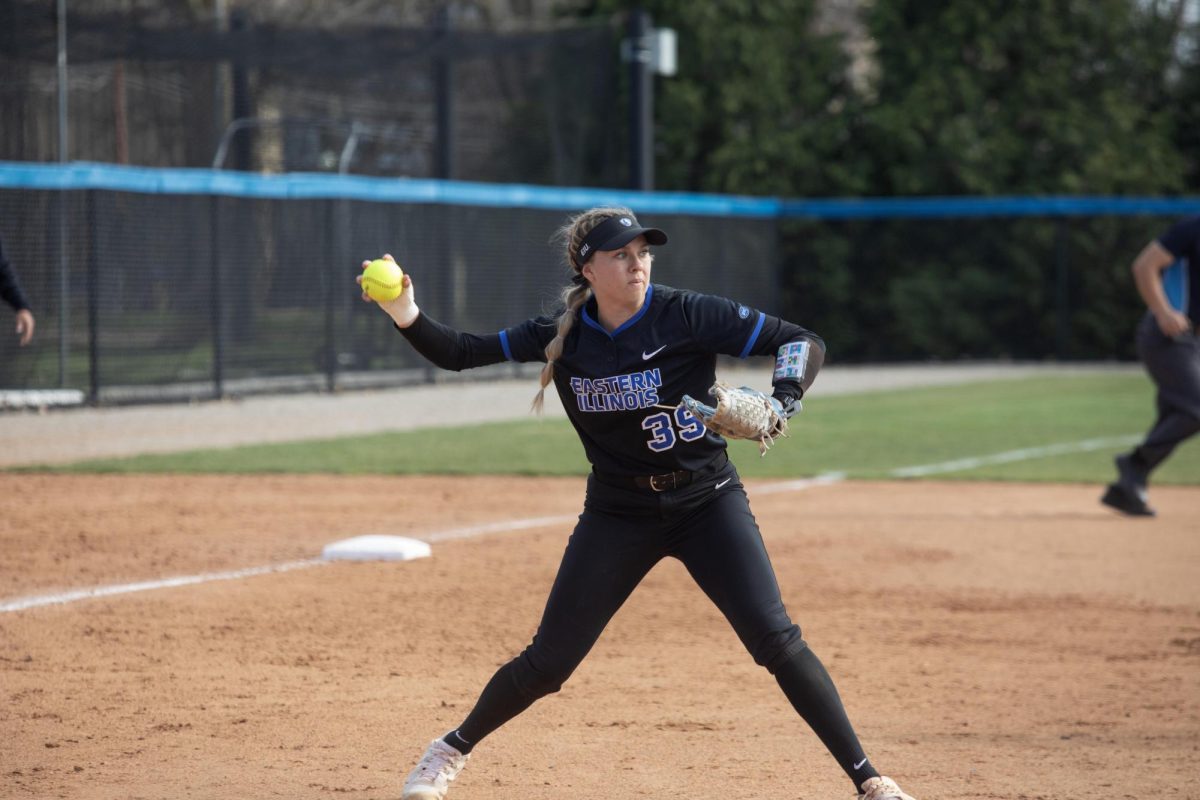














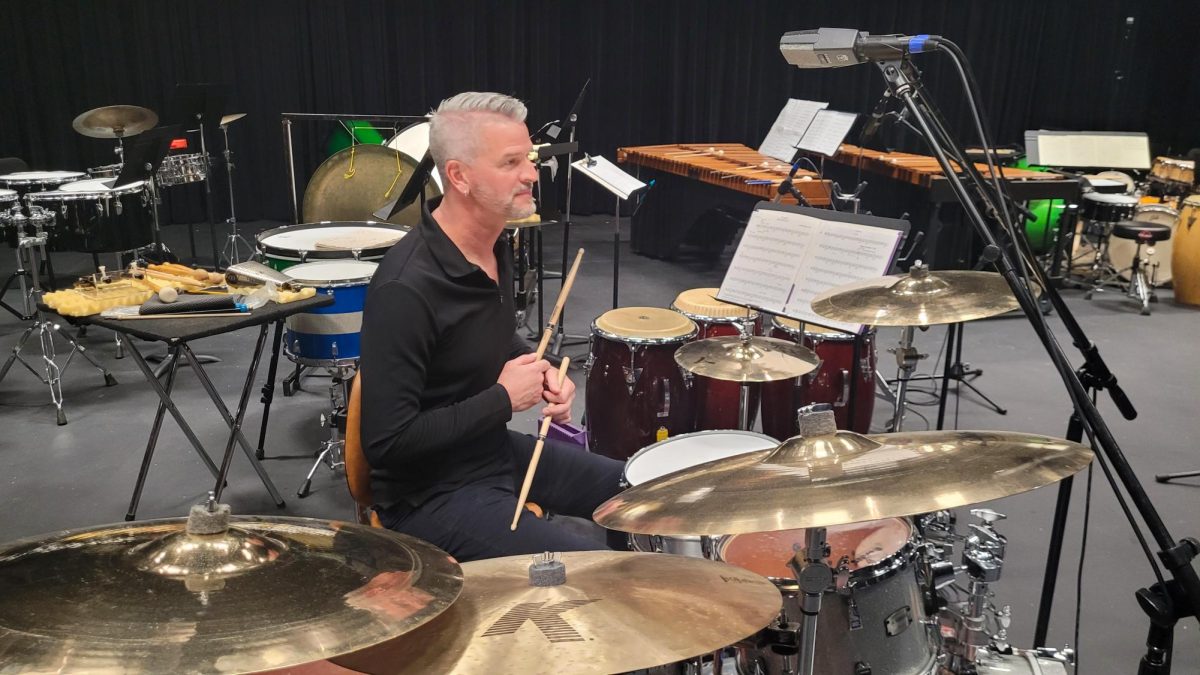
![The Weeklings lead guitarist John Merjave [Left] and guitarist Bob Burger [Right] perform "I Am the Walrus" at The Weeklings Beatles Bash concert in the Dvorak Concert Hall on Saturday.](https://www.dailyeasternnews.com/wp-content/uploads/2025/03/WL_01_O-1200x900.jpg)
![The team listens as its captain Patience Cox [Number 25] lectures to them about what's appropriate to talk about through practice during "The Wolves" on Thursday, March 6, in the Black Box Theatre in the Doudna Fine Arts Center in Charleston, Ill.](https://www.dailyeasternnews.com/wp-content/uploads/2025/03/WolvesPre-12-1200x800.jpg)

